Sandalwood Oil ( Mysore )
Indian Sandalwood Oil . Sandalwood oil, derived from the heartwood of the Santalum album tree, has been revered for centuries for its myriad of benefits. Renowned for its rich fragrance and therapeutic properties, sandalwood oil holds a significant place in various cultures and traditions worldwide.
Description
Indian Sandalwood Oil
People across generations have valued Indian sandalwood oil. Extractors obtain it from the heartwood of the Santalum album tree. Users appreciate its deep, woody fragrance and therapeutic effects. Cultures around the world treat this oil as an important part of traditional practices.
PURE & NATURAL SANDALWOOD OIL – INDIA
The tree reaches a height of 20 to 30 feet. Branches form in slender pairs. A smooth, grey-brown bark covers the trunk. Young twigs shine with a natural gloss. The leaves grow opposite one another without stipules. Each leaf connects to the branch with a slender petiole about half an inch long. The leaf blades measure 1½ to 2½ inches. These blades shape into oval, ovate-oval, or lanceolate forms. Each blade ends in either a pointed or rounded tip. The base narrows into the petiole. The leaf surfaces feel smooth. A pale glaucous tint appears underneath each leaf.
The tree produces small, numerous flowers. Clusters bloom from short stalks. Blossoms form in pyramidal shapes at the tips and axils of branches. The floral branches form trichotomous paniculate cymes. Each branch appears smooth. Small bracts sit below, blending into the leaves.
Fragrance experts across Western markets admire the oil’s warm, sweet, and woody aroma. Perfumers use it in incense, cosmetics, colognes, and aftershaves. Devotees in India use sandalwood oil in spiritual rites. Ayurvedic practitioners include it in natural medicine. Faith communities treat it as a sacred offering.
Harvesters cut sandalwood trees for their heartwood. The roots provide the highest quality oil. The sapwood gives lower-quality results. Older trees hold more heartwood. These trees attract greater demand. Distillers evaluate the wood’s condition, the distillation time, and their own skill to achieve the best yield.
Producers rely on steam distillation to extract the oil. Workers grind the wood into powder. They push superheated steam through the powder. The heat forces oil from the plant’s cellular structure. As the vapor cools, the oil and hydrosol separate. Distillers bottle both products after collection.
Chemical Composition and Properties
Chemists identify santalols as the primary components in the oil. These molecules create its distinct scent. They deliver antiseptic, calming, and anti-inflammatory effects. Practitioners in natural medicine and perfumery seek out these qualities.
Traditional and Modern Uses of Indian Sandalwood Oil
Ayurvedic doctors apply sandalwood oil to skin disorders. Holistic practitioners use it to calm nerves and sharpen concentration. Cosmetic producers add it to beauty formulas. Aromatherapists diffuse it in spas and clinics. Pharmacists combine it with other natural remedies.
Specifications:
- Specific Gravity: 0.950
- Optical Rotation: 14.5 to -17 degrees
- Santalol Content: 91% – 92%+
Health and Wellness Benefits
Users inhale the oil’s scent to relieve anxiety and stress. People apply it topically to manage acne and rashes. Sleep therapists diffuse it to improve rest. Wellness coaches recommend it during meditation. Mental health counselors use it to support emotional balance.
Cosmetic and Skincare Applications
Product developers include it in luxury creams and serums. The oil moisturizes the skin. It reduces inflammation. It helps restore radiance to dull or damaged complexions. High-end brands feature it in daily skin care routines. Beauty influencers endorse its effects.
Aromatherapy and Relaxation
Aromatherapists diffuse sandalwood oil during massage sessions. Wellness spaces use it to build a calming environment. Mental health practitioners rely on its soothing profile. Home users apply it to pillows, burners, and bathwater. Relaxation coaches blend it with other calming oils.
Spiritual and Religious Significance
Priests use the oil in blessings and rituals. Monks burn it during meditation. Followers apply it to sacred idols. Worshippers anoint themselves before prayer. Communities treat it as a spiritual bridge. Ceremonial leaders use it to sanctify offerings.
Medicinal and Practical Uses
Healers traditionally administered sandalwood oil in chronic bronchitis treatments by placing drops on sugar. They also used it to relieve gonorrhea, gleet, and chronic cystitis, especially when combined with benzoic and boric acids. Outside of medicine, people prize sandalwood wood itself for its fine grain and fragrance. Artisans carve it into intricate designs and high-value decorative pieces.
Packaging
Suppliers offer the oil in containers of various sizes. Customers can order 10ml, 25ml, 50ml, 100ml, 250ml, 500ml, 1kg, 5kg, or larger quantities. Manufacturers bottle and seal each unit for freshness and safety.

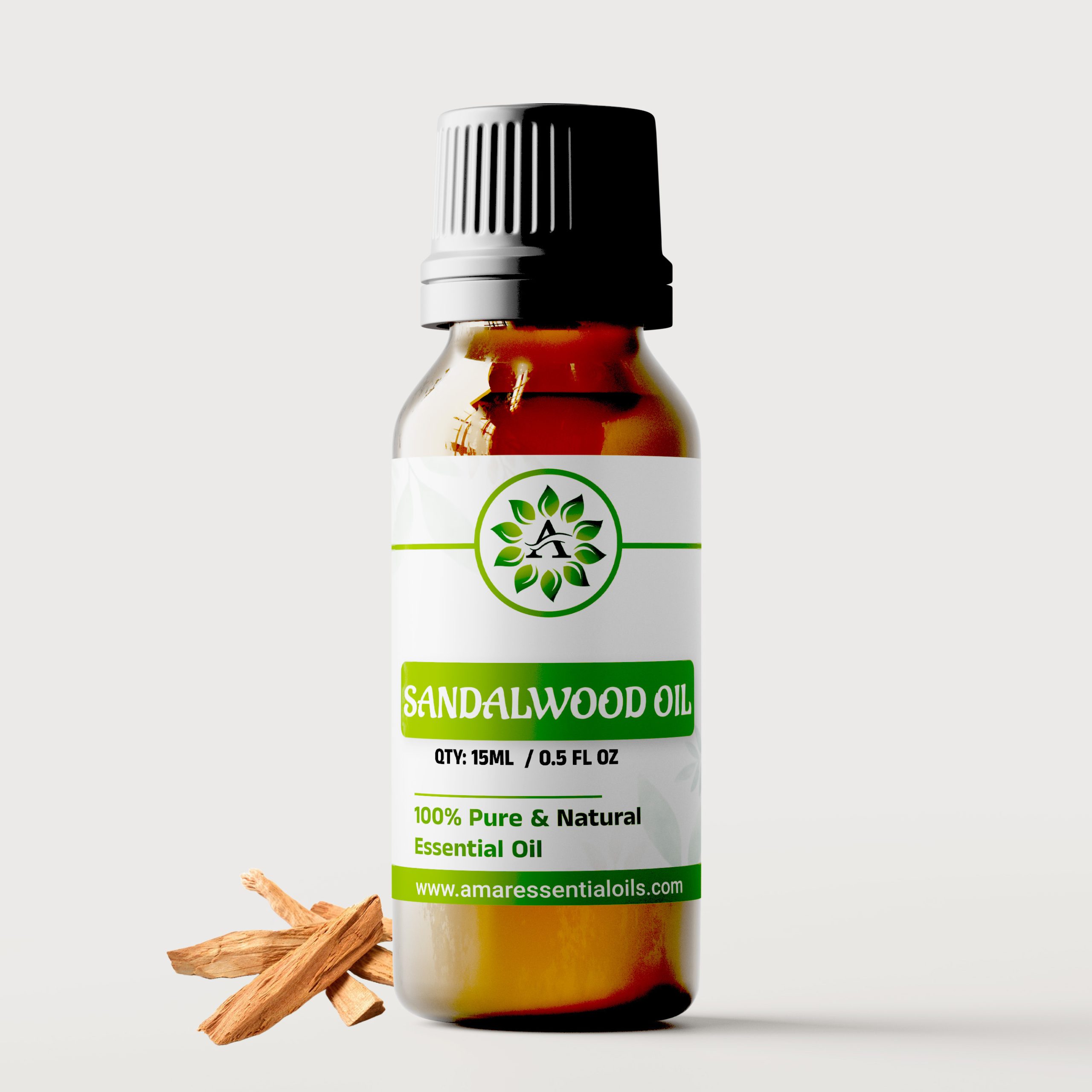
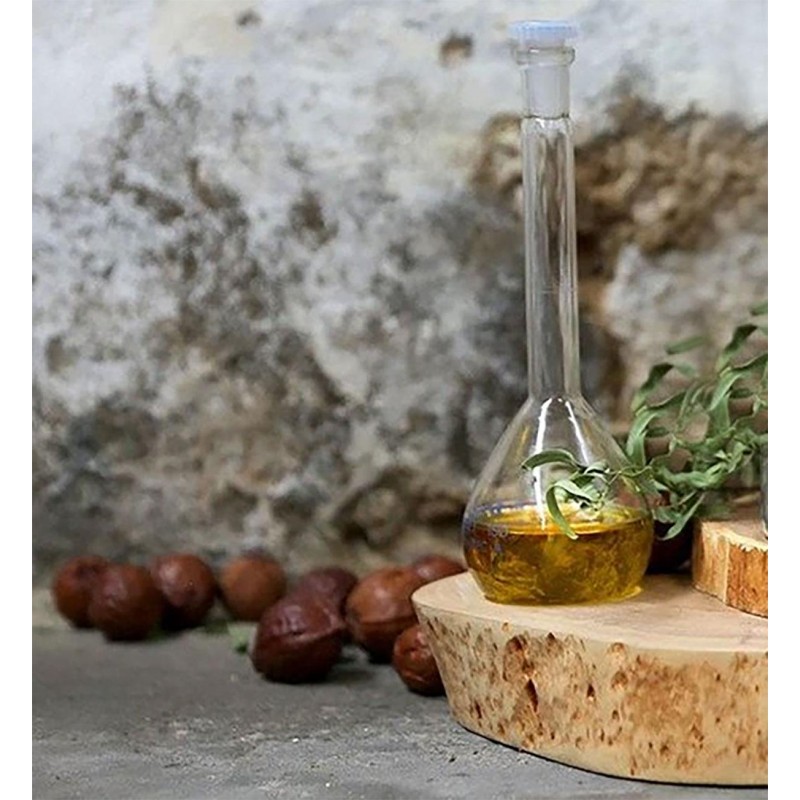
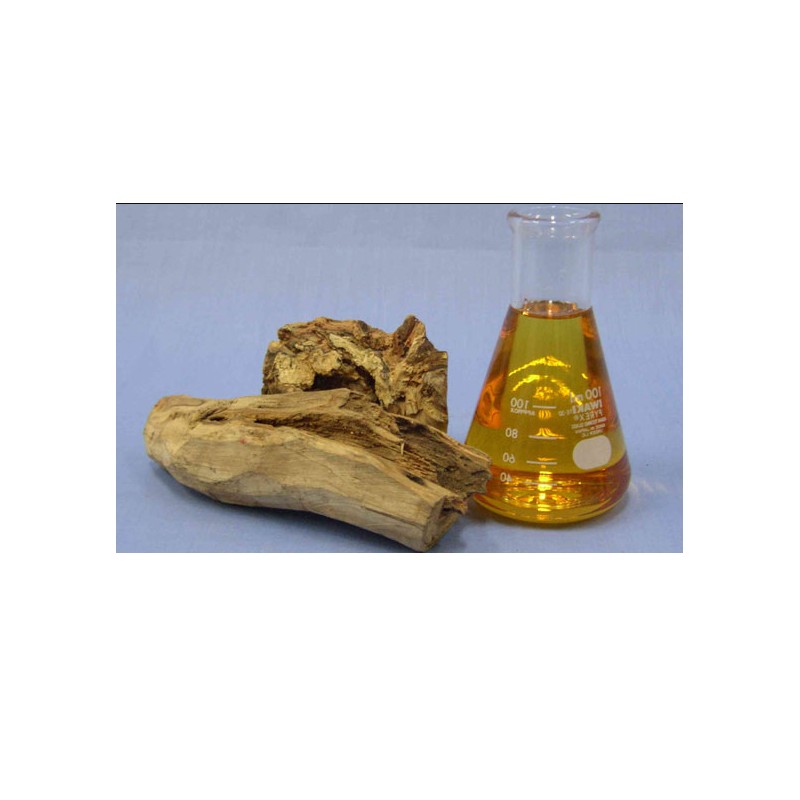
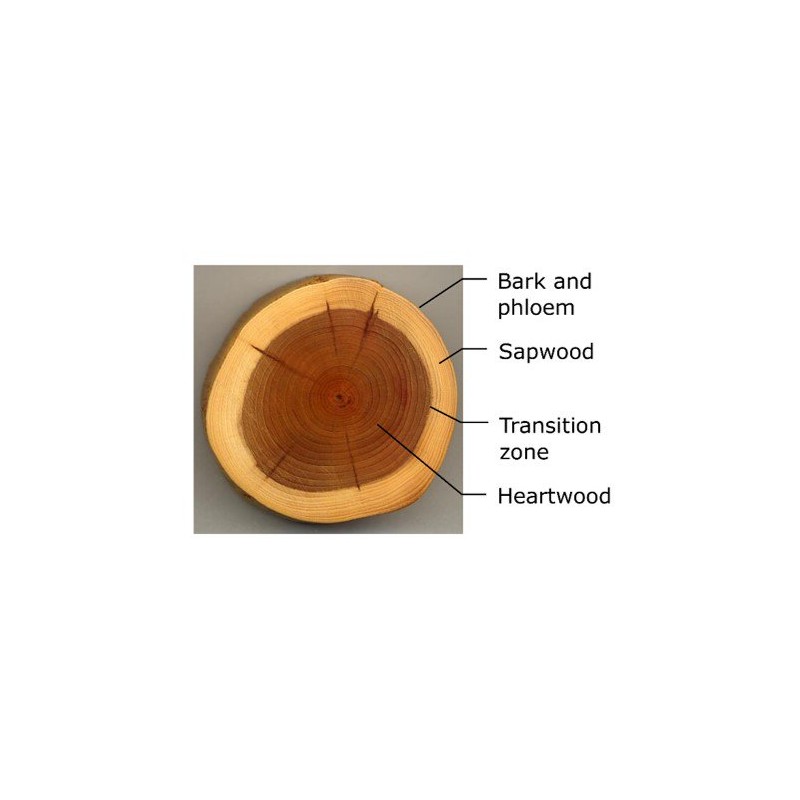
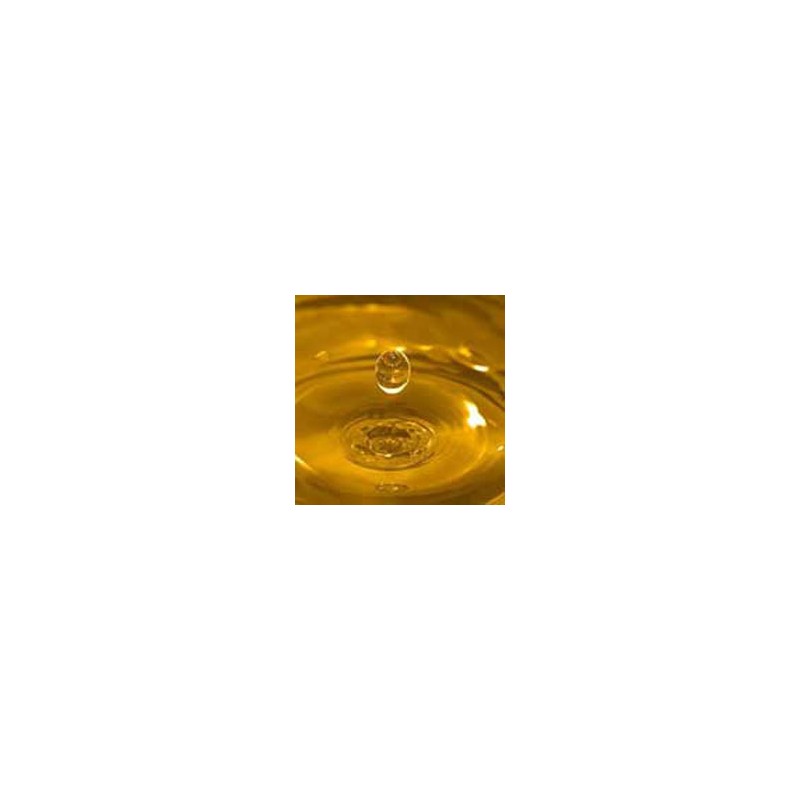


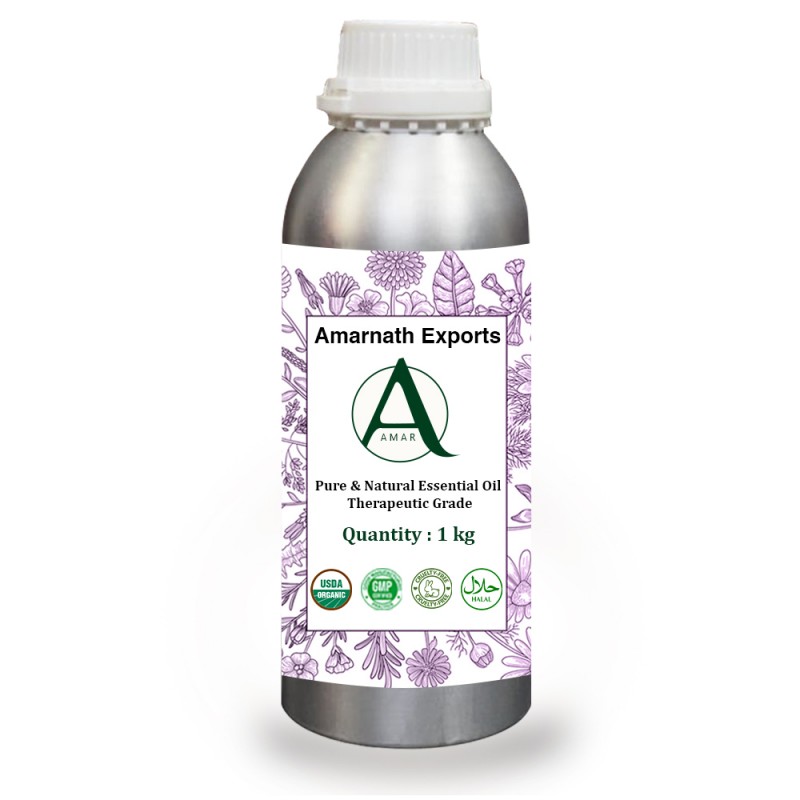
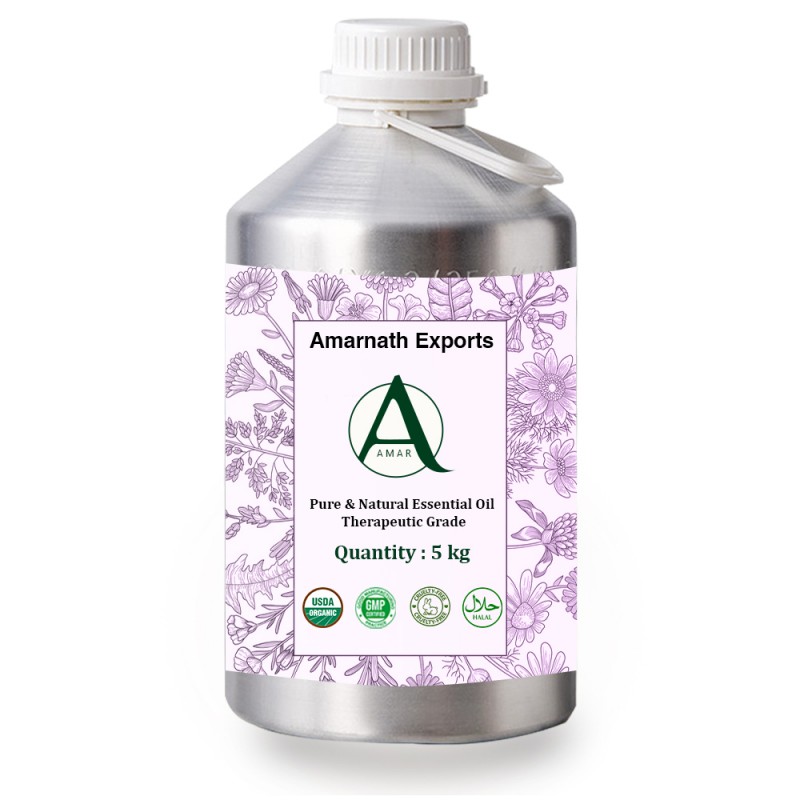

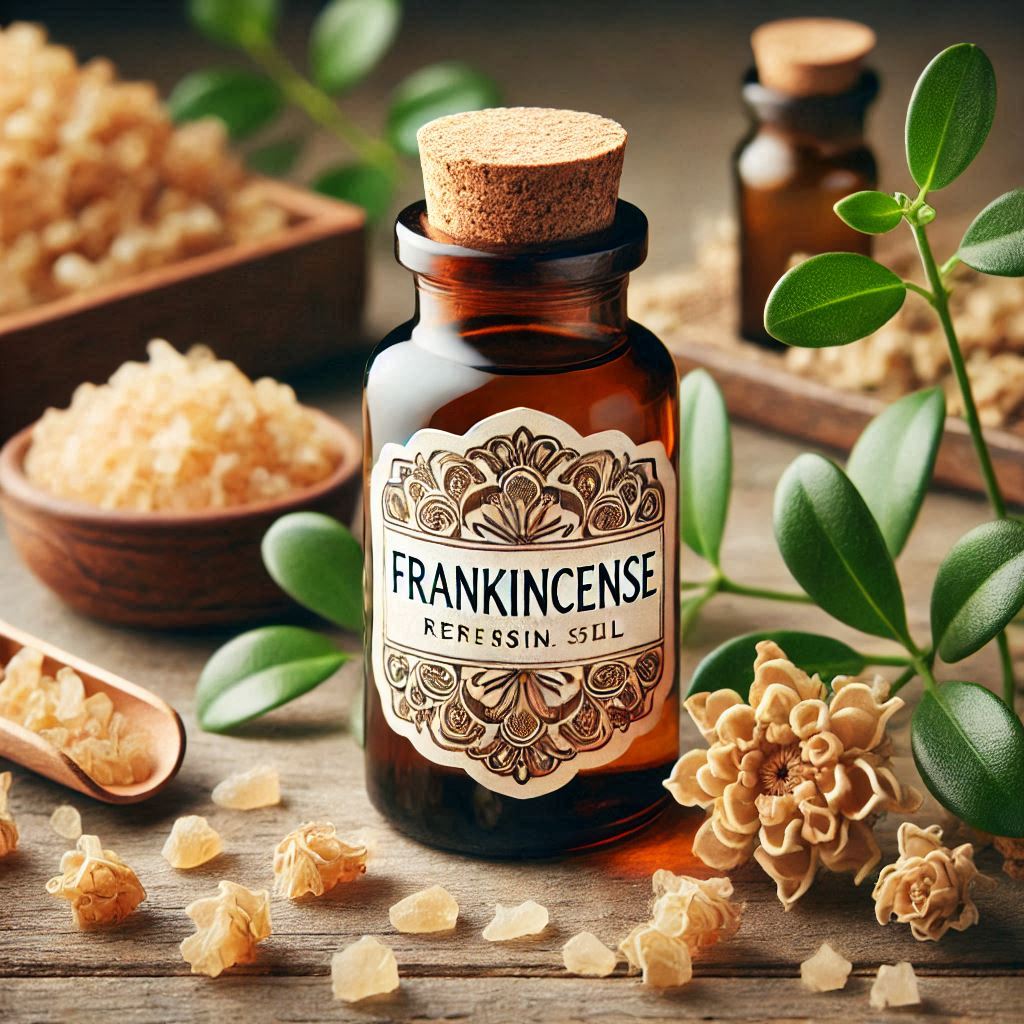





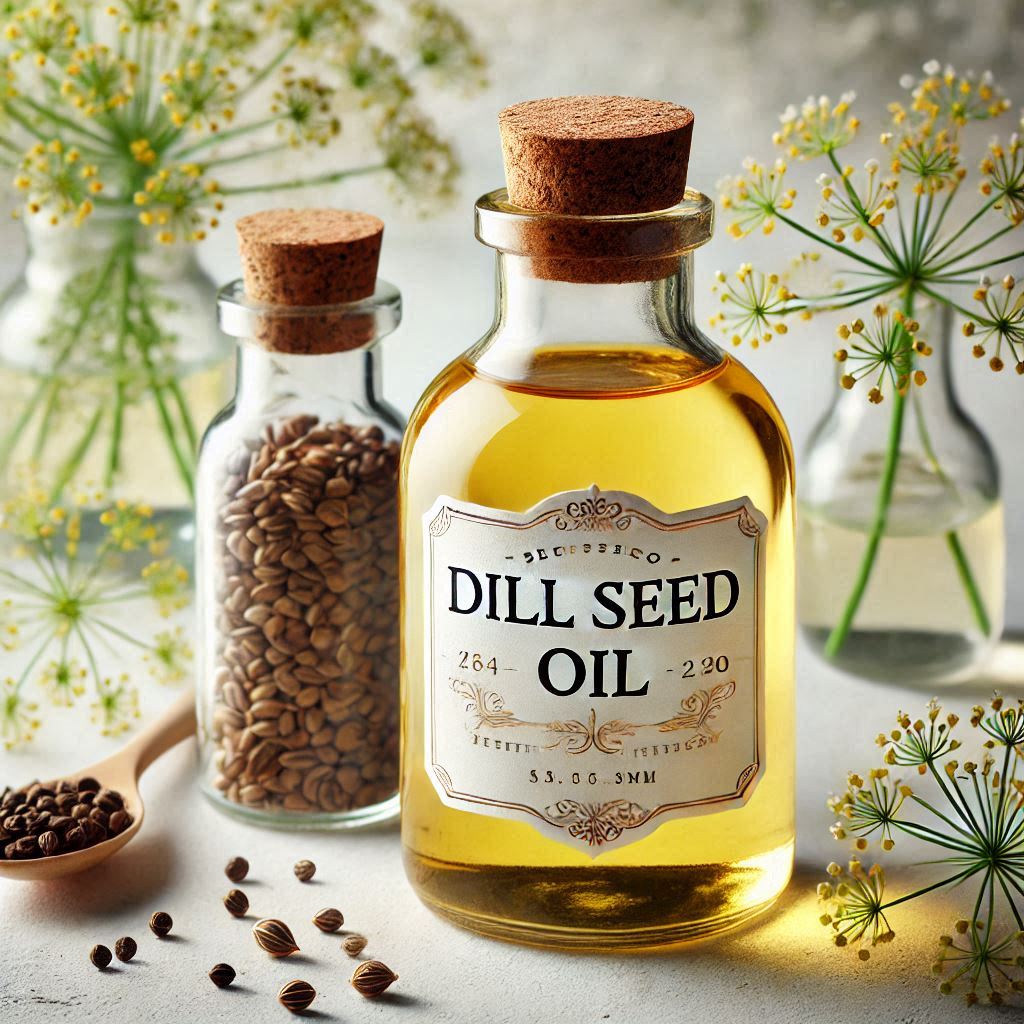

Reviews
There are no reviews yet.